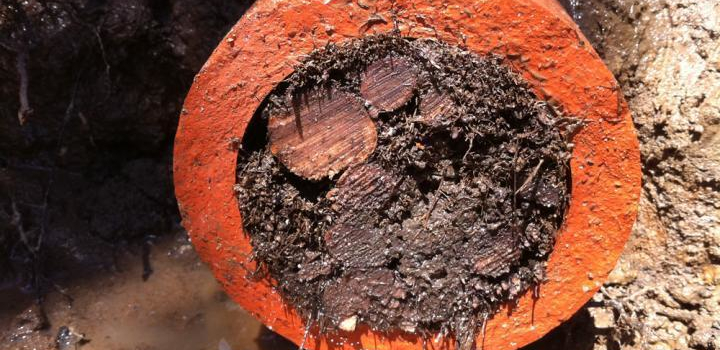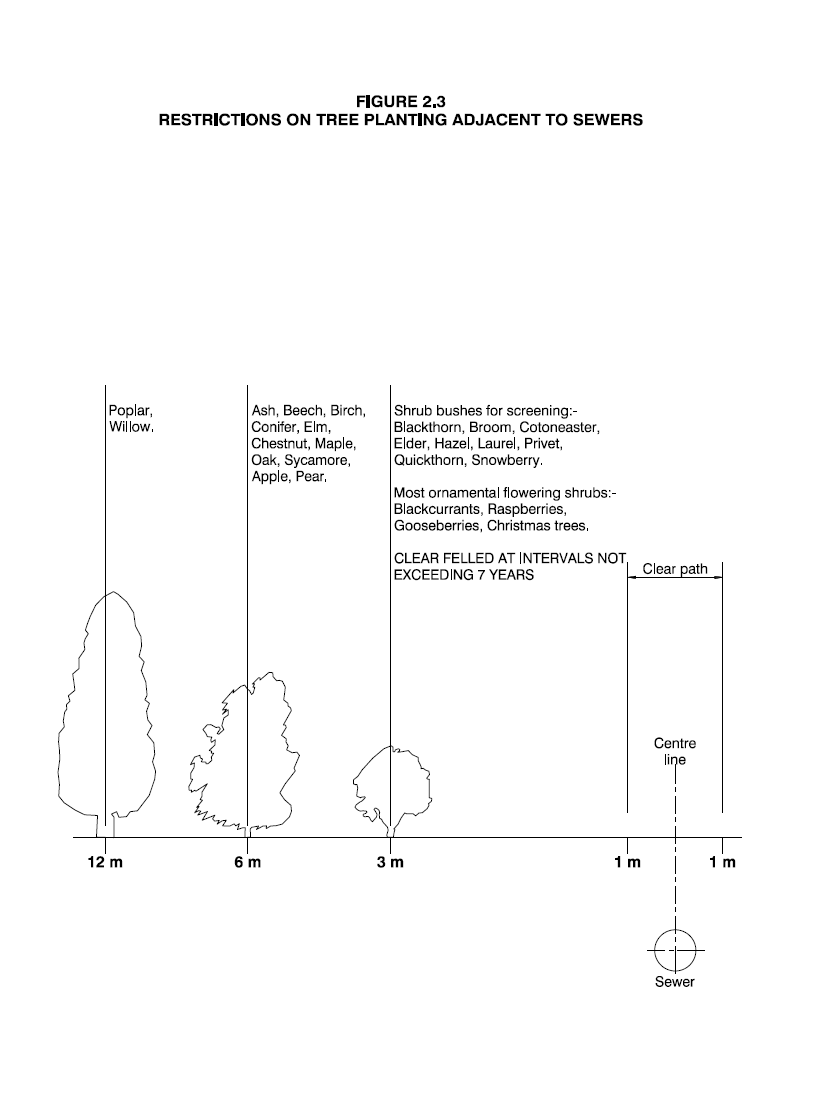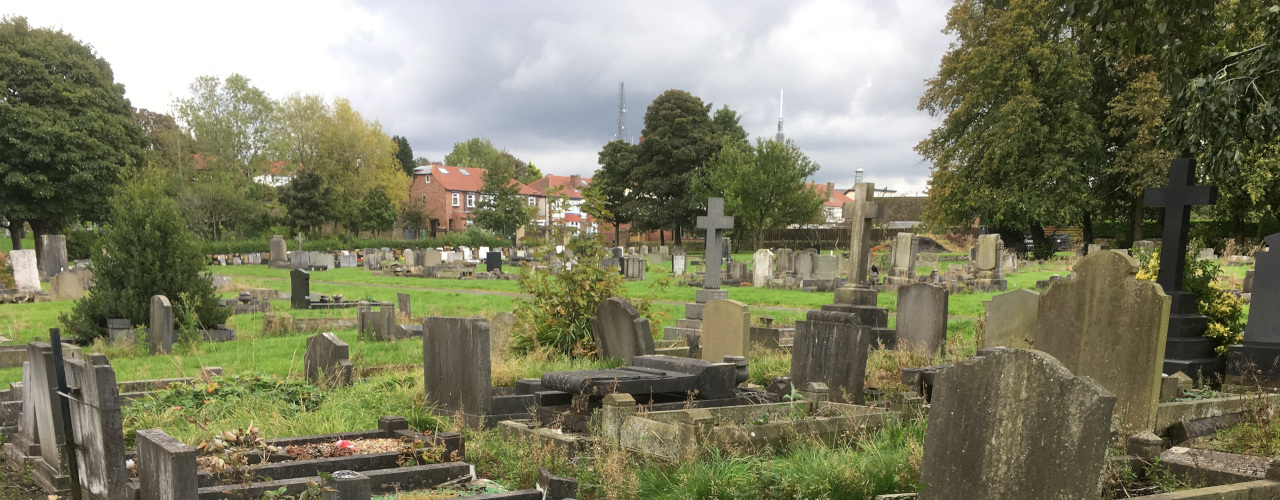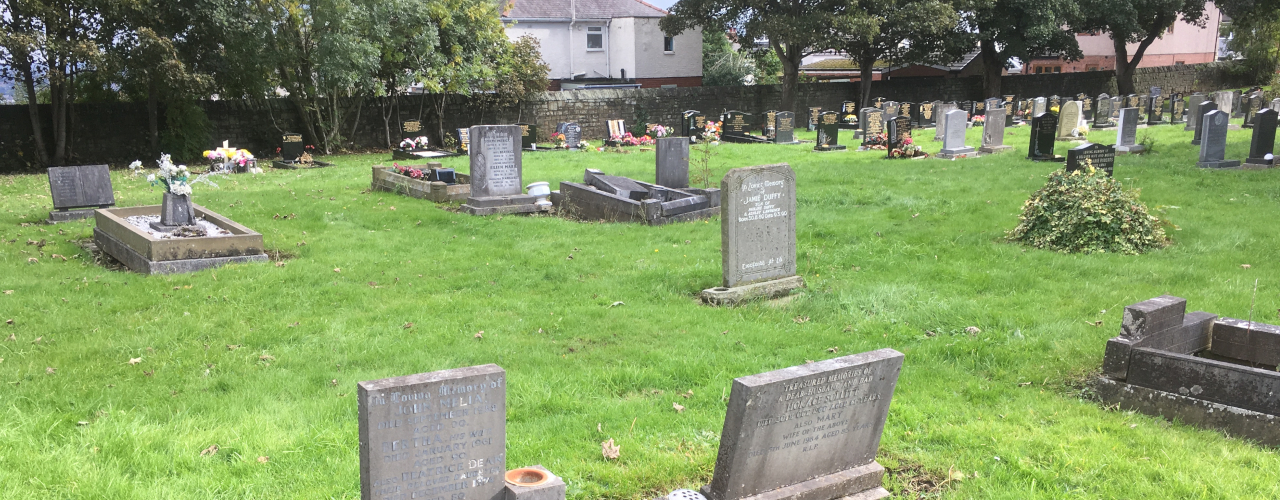Residential Trees (Part 5) - Protecting Services
One of the biggest concerns from engineers is the proximity of trees to adoptable services, due to concerns about damage caused by roots and the restrictions imposed by the council.
‘Adoptable services’ consist of sewer, gas, water pipes etc., of whom the county council are generally responsible for maintaining.
Although most modern service pipes cannot be penetrated by tree roots (in contrast to the old clay pipes), the presence of tree roots in the vicinity of services can make maintenance of these pipes more tricky and more hassle than the council likes. As such they can be quite strict when it comes to tree placement.

As 'private' services are generally not dug up as often, and not the responsibility of the county council, there are less concerns in regards to tree planting, as long as the trees in question are not planted immediately on top of it.
See below for the commonly referenced Sewers for Adoption 6th edition, tree planting adjacent to sewers guidance, which states minimum required distances of proposed trees from adoptable services.
Where trees are within this easement a commonly proposed solution is to wrap tree pits in root barrier. This ‘solution’ is often fatal, by drastically reducing the available rooting volume to the tree.
Root barriers should be strategically placed to allow for the maximum rooting volume while still protecting services.




